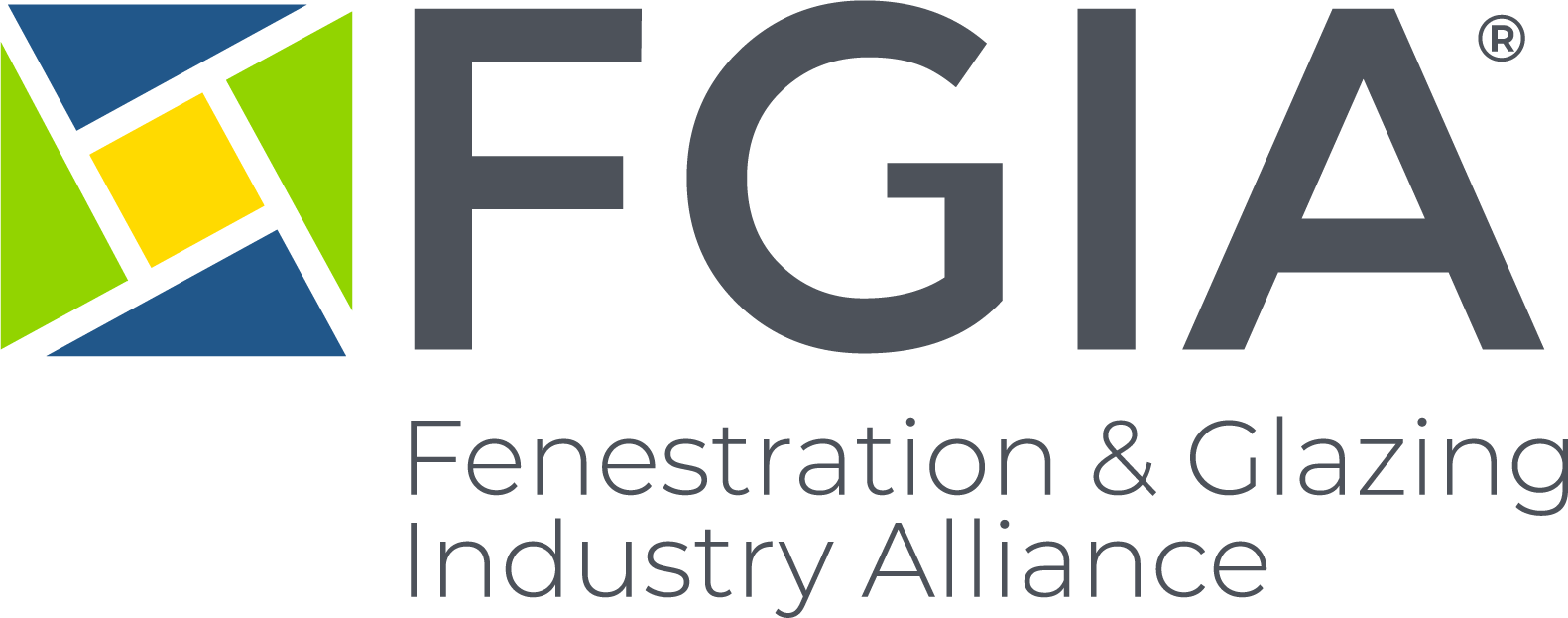Glass Coverage at FGIA Annual Conference Showcases IG Forensics Exercise, Desiccants Deep Dive

The Fenestration and Glazing Industry Alliance (FGIA) held a workshop about how to identify flaws in an insulating glass (IG) unit before they become a problem in the field as well as a high-level overview about desiccants, or hygroscopic substances that attract and absorb moisture from the surrounding air to maintain a state of dryness, inside IG units. Both events took place at the FGIA 2024 Annual Conference in Amelia Island, FL February 19-22.
IG Forensics Workshop
Jim Blamble (Sika Corporation) and Matt Waldren (Pella Corporation) led a hands-on workshop called, “Discovering Issues Before They Become Problems | Hands-On Workshop for Insulating Glass Forensic Analysis.”
Blamble shared some advice up front with participants about best practices. “Follow your company guidelines for safe work practices,” he said. “Be safe and use a buddy to help you.”
Walden shared that the contents of an ideal tool kit for IG inspection, whether in a plant or in the field, should include the following: light; measuring tape; calipers; knives, flat razors and wire for cutting; isopropyl alcohol and lint-free clothing for cleaning; a camera with a close-up feature; magnification tools; pen, paper and permanent marker for documentation; personal protective equipment; and a safe worktable or work area.
Record keeping is crucial, and all inspections should be treated with the level of care one would want in the event of a situation culminating in litigation, said Waldren. “Keep good notes,” he said. “But also, keep in mind what internal versus external communication should look like.”

All About Desiccants
Presenters Shulin Cui (SilicaStar Industries), Gerhard Reichert (Glasslam) and Brian White (H.B. Fuller) created the panel to discuss “All About Desiccants | Properties, Use and Importance.” These industry experts discussed how desiccants are used, how they respond to mold and corrosion and much more.Cui began by covering the basics about IG desiccant types and selective adsorption. “Why are desiccants important?” asked Cui. “They remove moisture and solvent vapor after assembly. They continue to maintain low dew points for the life of the IGU.” She added that common industrial use desiccants include silica gel, alumina, carbon, zeolite and montmorillonite clay.

Reichert focused on calcium oxide (CaO) 3A desiccant, a dominant IG desiccant in the field. 3A is important because we want to prevent unnecessary hardships in the field. “Twenty-five percent of the global IG desiccant market are CaO-based,” he said. “That means 2.7 billion square feet of IGU are produced annually containing CaO sieves.” Reichert shared that an advantage of CaO products is that they have a waste-free manufacturing process. “No wastewater pollutants are generated during the production of Calcium Oxide desiccants,” he said.
White rounded out the panel by talking about encapsulated desiccants, which are required when desiccant beads cannot be added to a spacer in the IG fabrication process. “This kind of desiccant is formulated into a polymeric spacer or matrix,” he said. “This might take the form of a desiccant matrix for U-channel spacer, flexible foam spacers or a thermoplastic spacer.”
For more information about FGIA and its activities, visit FGIAonline.org.
Your trusted industry resource, setting the standards for fenestration and glazing.





